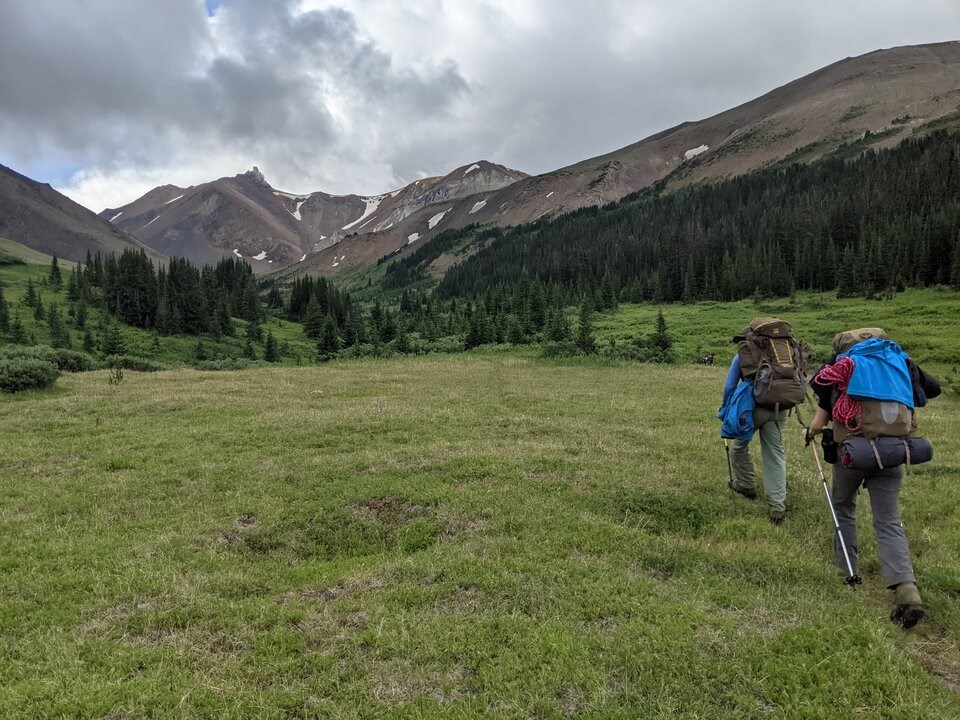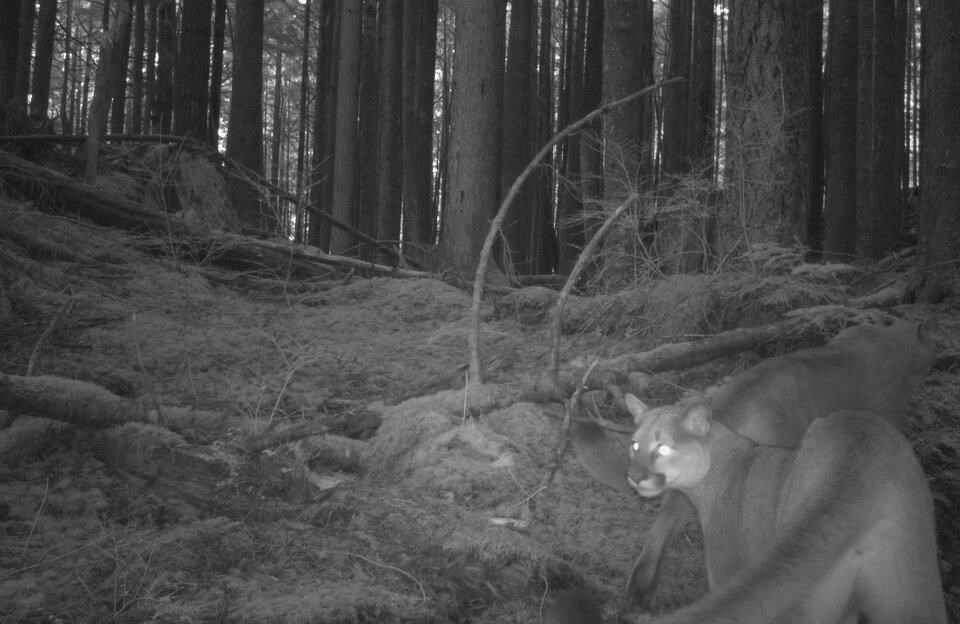Four years ago this month, the outbreak of a global pandemic ground human activity to a crawl. Airlines cancelled flights. Businesses shuttered their doors. And hospitals braced themselves for a flood of COVID-19 patients.
While some remained behind closed doors, others flooded nearby parks looking for respite from government-mandated restrictions. For many of the world’s creatures, the changing behaviour of billions of humans would hail the beginning of an “anthropause” and test their ability to adapt in ways previously never recorded.
Now over 200 scientists from around the world have released their findings in a first-of-its-kind study looking at how animals responded to the seismic changes in human behaviour brought on by the pandemic.
Published in the journal Nature Monday, the study took advantage of the pandemic as a rare opportunity to carry out an unplanned natural experiment on both humans and 163 other species using 5,400 camera traps in 21 countries.

Cole Burton, a professor of wildlife biology at the University of British Columbia and the study’s lead author, said the research is the first at a global scale to measure changes in animal behaviour during the pandemic using camera traps.
“This is the biggest that has used standardized survey technique on so many different populations of animals in different parts of the world,” Burton said.
Unlike many past studies that tried to correlate government policies with citizen scientist observations of whales or birds, Burton and his colleagues directly measured both human and animal activity with the cameras.
“In our minds, it was this nice, clean experiment,” Burton said. “We have this lockdown. We have the emptying out of people and then we can see what the animals did.
“But in reality, we saw huge variation.”
Human activity drops up to 100 times lower
The researchers counted independent detections every 30 minutes, and filtered out footage where other sources of environmental variation, such as fire or drought, may have provided a warped picture of animal behaviour.
They then focused on sites where there was a change in human activity — either an increase or decrease — and how big animals responded.
In North America, species ranged from grizzly bears down to snowshoe hares. In Asia, cameras captured clouded leopards and muntjac deer, a tusked ungulate known for their barking alarm call. And across Central and South America, Africa, the Middle East and Europe, the camera traps snapped images of everything from wild ocelot cats, to spotted hyena and giraffe, to roe deer.
After analyzing 311,000 days worth of camera footage, the researchers found that between March 2020 and January 2021, pandemic lockdowns led to decreases in human activity ranging from 10 times to 100 times less than pre-pandemic levels.
Responses from animals drastically changed between species and location, the study concluded. A combination of body size and place in the food chain was found to be the greatest predictor of animal behaviour.
Where human presence increased, large herbivores showed the largest increases in activity, while carnivores showed the strongest decreases in activity — a finding consistent with the “human shield hypothesis” where big prey seeks protection from big predators in the presence of humans.

Large omnivores often present in built-up human environments — such as wild boar, American black bear and brown bear — decreased their activity by 50 per cent when humans were present.
That’s not surprising, said the authors, noting their attraction to human food sources, like garbage and fruit trees may be less of a risk when nobody is around.
In open habitats, like deserts and grasslands, human presence tended to provoke animals to scatter more than in forest environments where animals have more places to hide.
The researchers said they were surprised to find animal populations exposed to hunting didn’t change their behaviour relative to non-hunted groups. There was also no evidence that the magnitude of a human footprint or the relative brain size of species led to stronger responses in animal behaviour, though hunting did tend to push animals to be more active in the dark.
Increased human activity pushed animals to the dark
One of the strongest trends showed increased human activity leading to a five- to six-fold increase in nocturnal behaviour. The effect was strongest in more developed areas, where human presence had the biggest effect on pushing animals to be most active at night.
The researchers said this could be because animals are trying to take advantage of the “temporal refuge” provided by the cover of darkness. Carnivores were seen as “significantly more nocturnal” than any other animal group.
One of the most curious results, said Burton, was how even the same species changed its behaviour depending on what landscape it occupied. Some species, like coyotes, thrived on increases in human activity, something Burton attributes to the animals looking to capitalize on human resources.

“Animals are working hard to try and co-exist with people and so they're basically sharing this landscape with us and trying to minimize problems,” Burton said.
“The way they minimize encounters with people might be to just avoid people, to clear out of an area if people are using it more, or it might be that they stay hidden during the day and they just come out and forage and move around at night.”
Wildlife managers should consider banning people from natural areas, study shows
Unlike a clean narrative some pandemic studies have suggested, where humans disappear and animals return, Burton and his colleagues found co-existing alongside large mammals will likely require more nuance.
In more remote landscapes, that might mean accepting wildlife managers will need to place visitation limits where an important species is sensitive to human presence.
“You know, things like closures of campsites during sensitive times or something like that,” said Burton. “Those may not be popular, but you know, those might be things that protect those habitats.”

鈥婭n cities or towns, co-existence might be easier, but measures to protect nighttime refuges — such as overnight park closures and safe passage over busy roadways — would help many species thrive.
And when it comes to omnivores like bears, evidence from the study suggests the widely repeated but not always adhered to best practices of removing garbage and other attractants are still valid, said Burton.
“We clearly do have an effect on animal behaviours, and it's not just how we're changing their habitats, it’s how we are using those habitats, too. So we need to always be aware of that and open to ways to try and minimize the negative impacts,” he said.
“We don't really know if it's working unless when we're watching the animals.”




